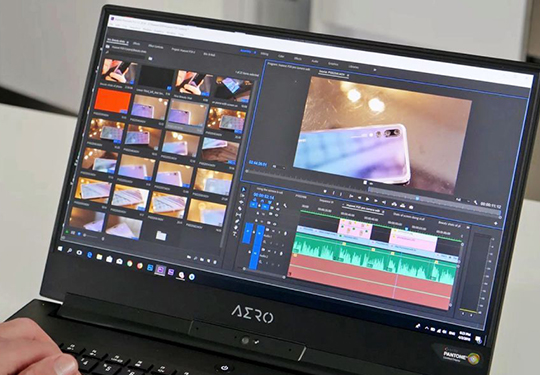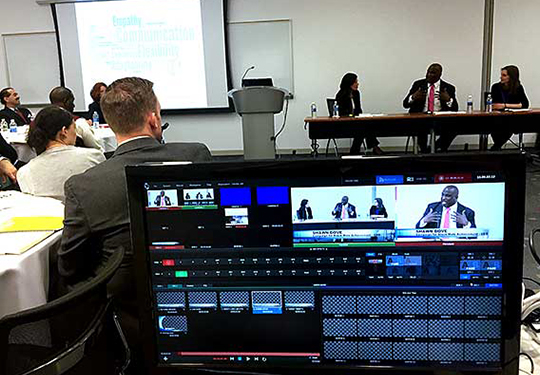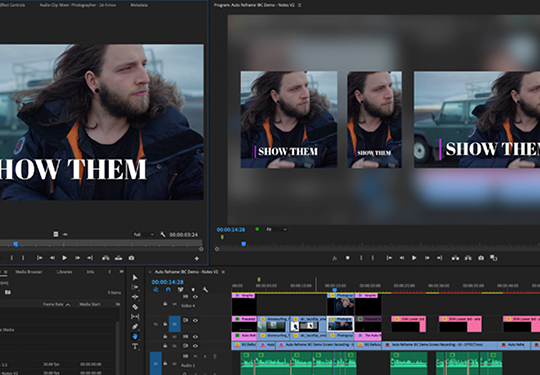Our editing techniques

Initial assembly:
Initial video assembly is the first stage in a video editing process. It involves arranging the video clips from the order they have been filmed to the order they are displayed in the final cut (end product).

Rough cut:
A rough cut is the second stage of a video editing process and usually a very complex one.It involves trimming video shots and adding titles, graphics, and video effects. The audio soundtrack is still there, but not yet polished. The colors of the video during this stage are also unmatched and require additional improvement.

Final cut:
The final cut is the third stage of a video editing process. The video clips and audio tracks are polished, and final adjustments and arrangements made.The audio tracks and sound effects might still need improvements, and this is done during the mixing process by a professional sound editor.

Color correction and color grading:
The last step before a video is released is usually some kind of color correction. Color correction is done to match the colors of the different shots used in the film which might have been recorded at different locations, at different lighting conditions, and with different cameras.The last step before a video is released is usually some kind of color correction.

Bespoke editing:
Bespoke means made according to the requirements of a project or customer.Bespoke video editing implies creating video footage depending on certain given factors.For example, you might capture 5 hours of video clips at a party and want to create a final product no more than 30 minutes in length.

Live editing:
Live video editing usually happens during live video coverage.It’s a more complicated process done by professional videographers and editors.It implies using multiple video sources and cameras routed together in a single console that is displayed live on television.

Compression. Reducing the size of your footage:
Compression is a process that involves reducing the amount of data a video file has.It is done to make the download and upload process more comfortable or to save space.For example, We have a 1GB video file, but you need to upload it online where the video size limit is 200MB. we use compression to reduce the size of the video without deleting scenes or making other adjustments.

Aspect ratio. Changing the dimension of your footage:
Aspect ratio is a common term found in video and image editing.It refers to the dimensions of a particular image or video files such as the height and width.The most common aspect ratios used are 4:3 or 16:9. The first number always refers to the height while the second one refers to the width.Computers, TVs, and laptops which use a wide aspect ratio such as 16:9 or 21:9 are more suitable for watching movies and video clips.On the other hand, screens with a 4:3 ratio are usually more suitable for document reading.
